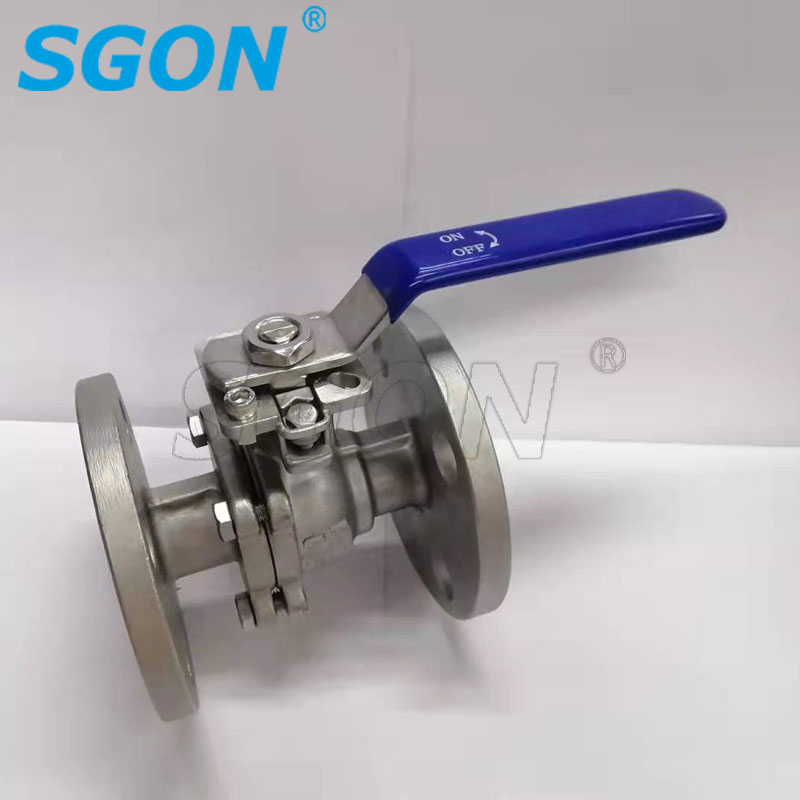In recent years, the ball valve has witnessed remarkable advancements, incorporating a host of new features that enhance its performance, durability, and versatility. These innovations have been driven by the ever-evolving demands of various industries, including oil and gas, chemical processing, water treatment, and more.
1. Enhanced Sealing Technologies
One of the most significant developments is in the area of sealing. New materials and designs have been introduced to improve the sealing integrity of ball valves. For instance, advanced elastomeric seals made from high-performance polymers can withstand a wider range of temperatures, pressures, and corrosive media. These seals provide a tighter and more reliable shut-off, minimizing the risk of leakage even in the harshest operating conditions. Some ball valves now feature double-sealing mechanisms, which offer an extra layer of protection and redundancy. This is especially crucial in applications where any leakage could have severe consequences, such as in the transportation of hazardous fluids.
2. Intelligent Actuation and Control
The integration of smart technology into ball valves is another exciting trend. Intelligent actuators are being equipped with sensors and microprocessors that enable remote monitoring and control. These valves can transmit real-time data about their position, pressure, temperature, and flow rate. This allows operators to have a comprehensive view of the valve's status and the overall system performance. For example, in a large industrial plant, engineers can remotely adjust the valve's opening or closing based on the changing process requirements without having to be physically present at the valve location. Additionally, predictive maintenance algorithms can be incorporated into the actuator's control system. By analyzing the data collected from the sensors, the valve can predict potential failures or maintenance needs in advance, reducing downtime and optimizing maintenance schedules.
3. High-Performance Materials and Coatings
To meet the demands of extreme environments, ball valves are now constructed with advanced materials and coatings. High-strength alloys, such as duplex stainless steel and nickel-based alloys, are being used to enhance the valve's resistance to corrosion, erosion, and high pressures. These materials offer excellent mechanical properties and can withstand the rigors of corrosive chemicals, abrasive slurries, and high-temperature fluids. Moreover, ceramic coatings are increasingly applied to the ball and valve seats. Ceramic provides an extremely hard and smooth surface, reducing friction and wear. This not only extends the valve's service life but also improves its flow characteristics, as the smooth surface minimizes turbulence and pressure drop.
4. Compact and Modular Designs
In response to the need for space-saving and flexible installation options, ball valves with compact and modular designs have emerged. These valves are engineered to have a smaller footprint while maintaining the same or even improved performance. The modular design allows for easy customization and integration with other components in the piping system. For example, a modular ball valve can be quickly assembled or disassembled, enabling efficient replacement of parts or upgrades. This is particularly beneficial in retrofit projects where existing piping layouts have limited space or where quick maintenance and modifications are required.
5. Anti-Cavitation and Anti-Vibration Features
Cavitation and vibration can cause significant damage to ball valves and the surrounding piping system. To address these issues, new designs incorporate anti-cavitation and anti-vibration features. Specialized trim designs, such as multi-stage pressure reduction orifices, are used to prevent the formation of cavitation bubbles. These orifices gradually reduce the pressure of the fluid, minimizing the likelihood of cavitation-induced erosion. Additionally, damping mechanisms and vibration-absorbing materials are integrated into the valve structure to reduce the impact of vibrations. This helps to maintain the stability of the valve and the integrity of the piping system, improving overall reliability and reducing maintenance costs.
In conclusion, the new features of ball valves have revolutionized their performance and applicability. From enhanced sealing and intelligent actuation to advanced materials and compact designs, these innovations are enabling ball valves to meet the complex and demanding requirements of modern industrial processes. As technology continues to progress, we can expect further refinements and new developments in ball valve technology, ensuring their continued importance in fluid control systems

GET A QUOTE